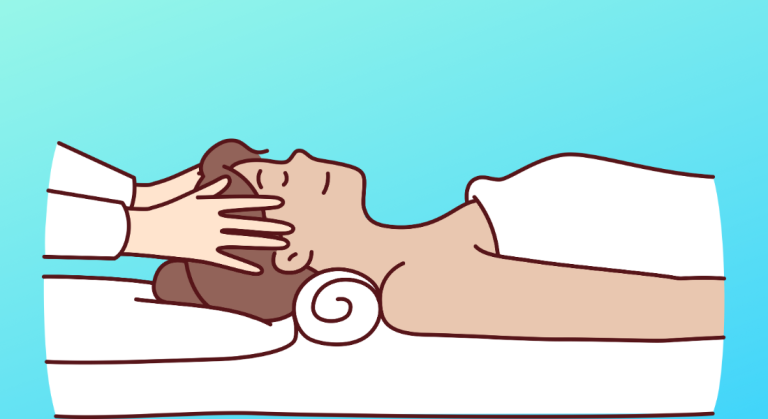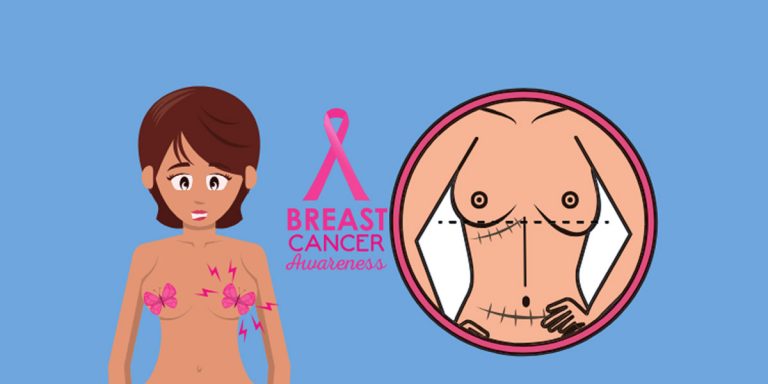Physical therapy, also known as PT, refers to the treatments provided by physical therapy professionals who can assess and treat abnormal physical functions associated with an injury, disability, or other medical conditions. Physical therapy aims to improve range of motion and prevent injury or disability, therefore, it can be beneficial for anyone (with or without an underlying condition) who wants to become healthier and more active.
Read this article to find out how physical therapy helps you get healthier, prevent future problems, and have a better quality of life.
What to Expect with a Physical Therapist
Physical therapists are movement experts who work with various methods, including exercise, manual therapy, breathing techniques, and education, to help patients develop better health and fitness habits.
At your first appointment, your physical therapist performs a physical examination to understand your symptoms and develop a treatment plan from the initial diagnosis through recovery. This can support other treatments or be a stand-alone option depending on your medical history (many patients are referred to a physical therapist by their doctor).
A physical therapist is trained to:
- Perform a physical examination to discover the root of your symptoms
- Evaluate your range of motion and flexibility
- Make a customized plan of care according to patient’s needs
- Perform a physical therapy treatment
- Educate on self-care and the exercises you can do at home
Apart from manual therapy, your physical therapy treatment may involve methods such as osteopathy, electrical stimulation, heat and cold therapy, or light therapy. Some physical therapists also have further qualifications in other methods: Dr. Alexandra Chaux, for instance, is qualified in hypopressives (a specialized breathing technique to strengthen your abdominal area and pelvic floor) as well as yoga therapy.
Common Conditions that Physical Therapy May Help With
Aside from some musculoskeletal conditions, physical therapy does not directly treat a medical condition but works as a supplementary treatment to help you recover quicker and teach you how to improve your movement patterns.
Conditions that benefit from physical therapy:
- Musculoskeletal dysfunctions (including back pain and rotator cuff tears)
- Cardiopulmonary conditions (including chronic obstructive pulmonary disease and post-myocardial infarction heart failure)
- Neurological conditions (including spinal cord injuries, Parkinsons and multiple sclerosis)
- Sports injuries (including tennis elbow and concussion)
- Pediatric conditions (including cerebral palsy and muscular dystrophy)
- Female health dysfunction (including pelvic floor issues and lymphedema)
- Skin conditions and injuries (including burns, wounds, and diabetic ulcers)
These are just a few of the conditions physical therapy can address. That is why therapists often specialize to give the best possible care in a particular area, such as sports therapy, breast cancer physical therapy, pelvic floor therapy, physical therapy for seniors, and so on. (The focus care group of Chaux Physical Therapy, for instance, is patients over 65 years of age and breast cancer patients).
The Benefits of Physical Therapy Treatment
Whether you are referred by your doctor or seeking treatment on your own, physical therapy has countless benefits:
Reduce Pain
One of the main reasons people see a physical therapist is because they live with chronic pain. Specific exercises and manual therapy techniques can assist pain rehabilitation by mobilizing joints and soft tissues and restoring muscle tension.
Avoid Surgery
When it comes to reducing pain, surgery is necessary in some cases, but physical therapy is often an effective alternative. For some musculoskeletal injuries, physical therapy is the first line of treatment to avoid invasive surgery.
Recover from Injury
Physical therapy may help your body heal faster after a sports injury. A personalized recovery program based on your strengths, weaknesses, and medical history ensures a safe return to sport or normal daily activities. Moreover, your therapist can also check for areas of musculoskeletal weakness and poor mobility and develop a strengthening program to prevent injuries from occurring in the first place.
Restore Mobility
After an injury or surgery, it is not uncommon for patients to have difficulty standing, walking, and balancing (the joints may become stiff after being static for too long). Your physical therapist, in this case, helps restore mobility through stretching and strengthening exercises and provides you with crutches and other assistive devices.
Manage Age-Related Medical Problems
Certain conditions such as arthritis, osteoporosis, and balance issues naturally come with age. Older patients benefit from a gentle and holistic approach to managing these issues and improving their quality of life.
Physical therapy may also prevent falls among the elderly through exercises focusing on strength, mobility, and balance, and educating patients and their loved ones on preventing falls at home.
Address Other Medical Conditions
Specialized physical therapy can be a supplementary treatment for other health problems, such as diabetes or heart and lung disease. Your doctor or a specialist can advise you on whether physical therapy is appropriate for your condition.
How Physical Therapy Can Help with Pain Management
More than a hundred million Americans suffer from chronic pain each year. Painkillers prescribed by physicians often just mask the pain without addressing the underlying issues. Furthermore, painkillers (opioids) may cause depression, anxiety, and addiction and thus are not suitable for long-term pain relief.
Pain treatment in physical therapy, on the other hand, includes therapeutic exercises, breathing techniques, neuromuscular reeducation, and manual therapy to mobilize the joint and soft tissue, restore muscle function and reprogram the brain to move effortlessly without pain. It is, therefore, a safe alternative to painkillers for long-term pain management.
Summary
Whether you have a medical condition or just want to live healthier, physical therapy can help with pain treatment, injury prevention, achieving stronger muscles, and better health overall.
Dr. Alexandra Chaux is a physical therapy professional dedicated to providing the best possible care to older patients with Medicare as well as breast cancer patients and to anyone looking to improve their quality of life through physical therapy. Chaux Physical Therapy believes that every patient is unique and requires personalized treatment according to their needs and medical history. Dr. Alexandra Chaux uses therapeutic exercises, manual therapy, neuromuscular reeducation, hypopressives, and patient education to help you develop better health and fitness habits.
If you want to find out if physical therapy is right for you, consult your physician or book an appointment with Dr. Chaux at 805-203-9940.




